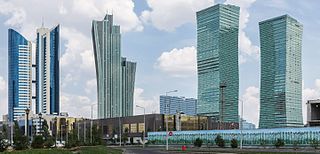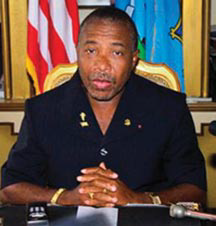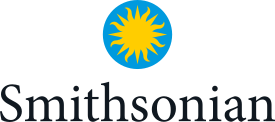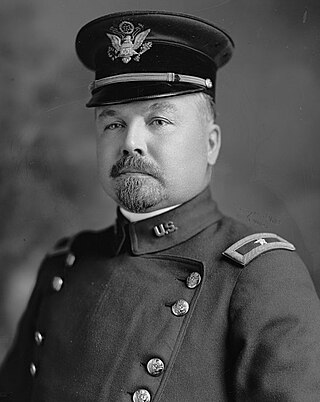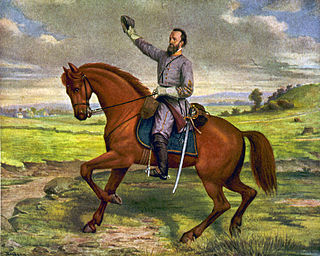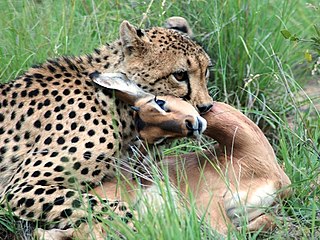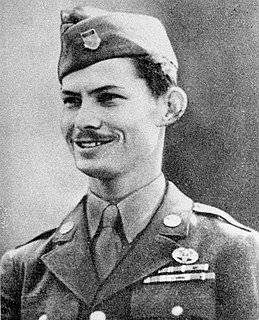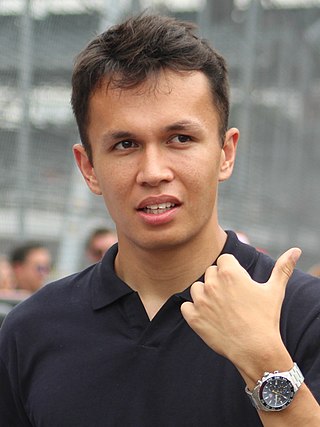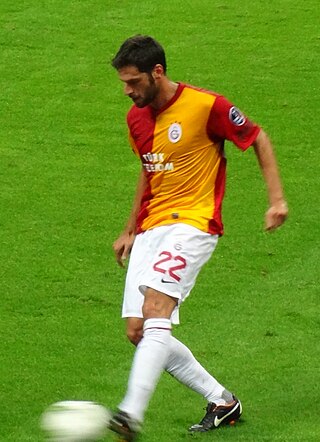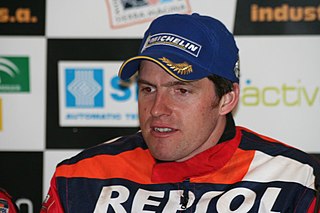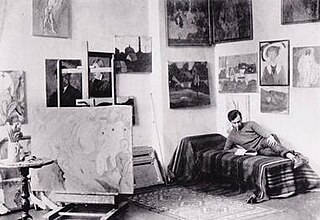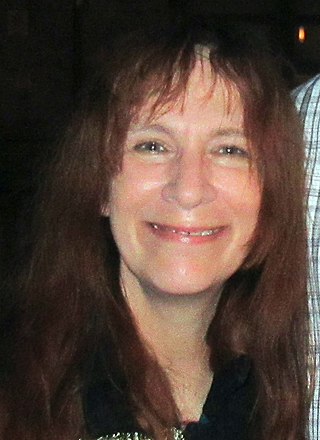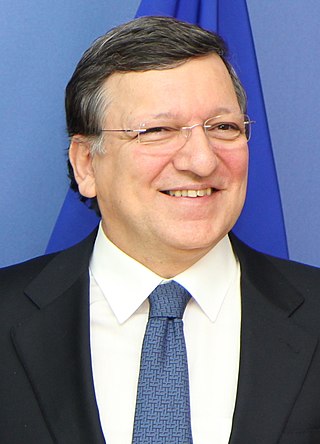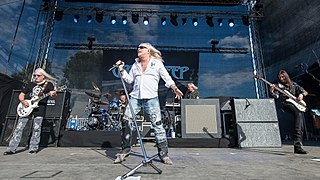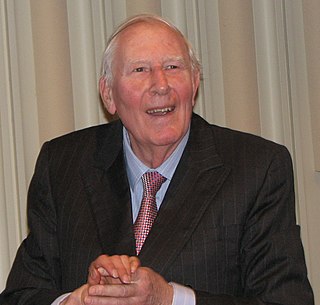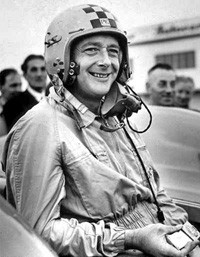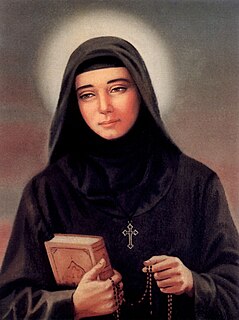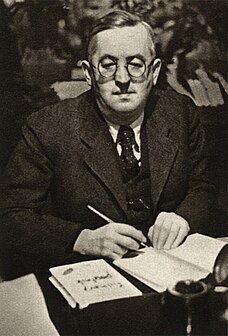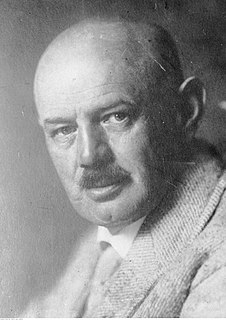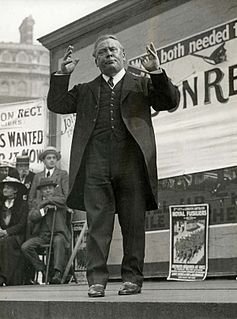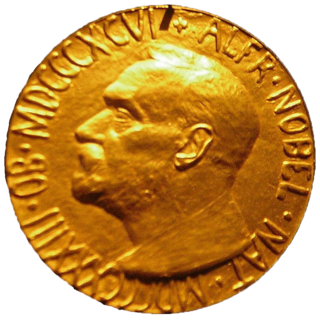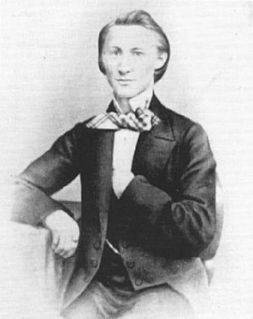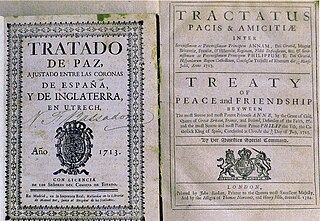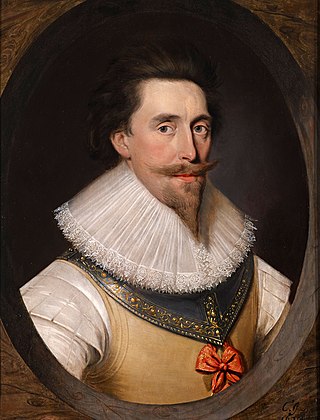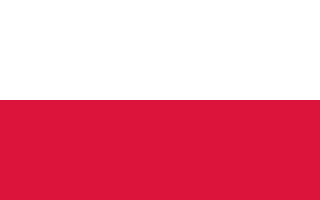
2021 Suez Canal obstruction
In March 2021, the Suez Canal was blocked for six days after the grounding of Ever Given, a 20,000 TEU container ship. The 400-metre-long (1,300 ft) vessel was buffeted by strong winds on the morning of 23 March, and ended up wedged across the waterway with its bow and stern stuck in the canal banks, blocking all traffic until it could be freed. Egyptian authorities said that "technical or human errors" may have also been involved. The obstruction occurred south of the section of the canal that had two channels, so there was no way for other ships to bypass Ever Given. The Suez Canal Authority (SCA) engaged Boskalis through its subsidiary Smit International to manage marine salvage operations. As one of the world's busiest trade routes, the canal obstruction had a significant negative impact on trade between Europe, Asia and the Middle East.






